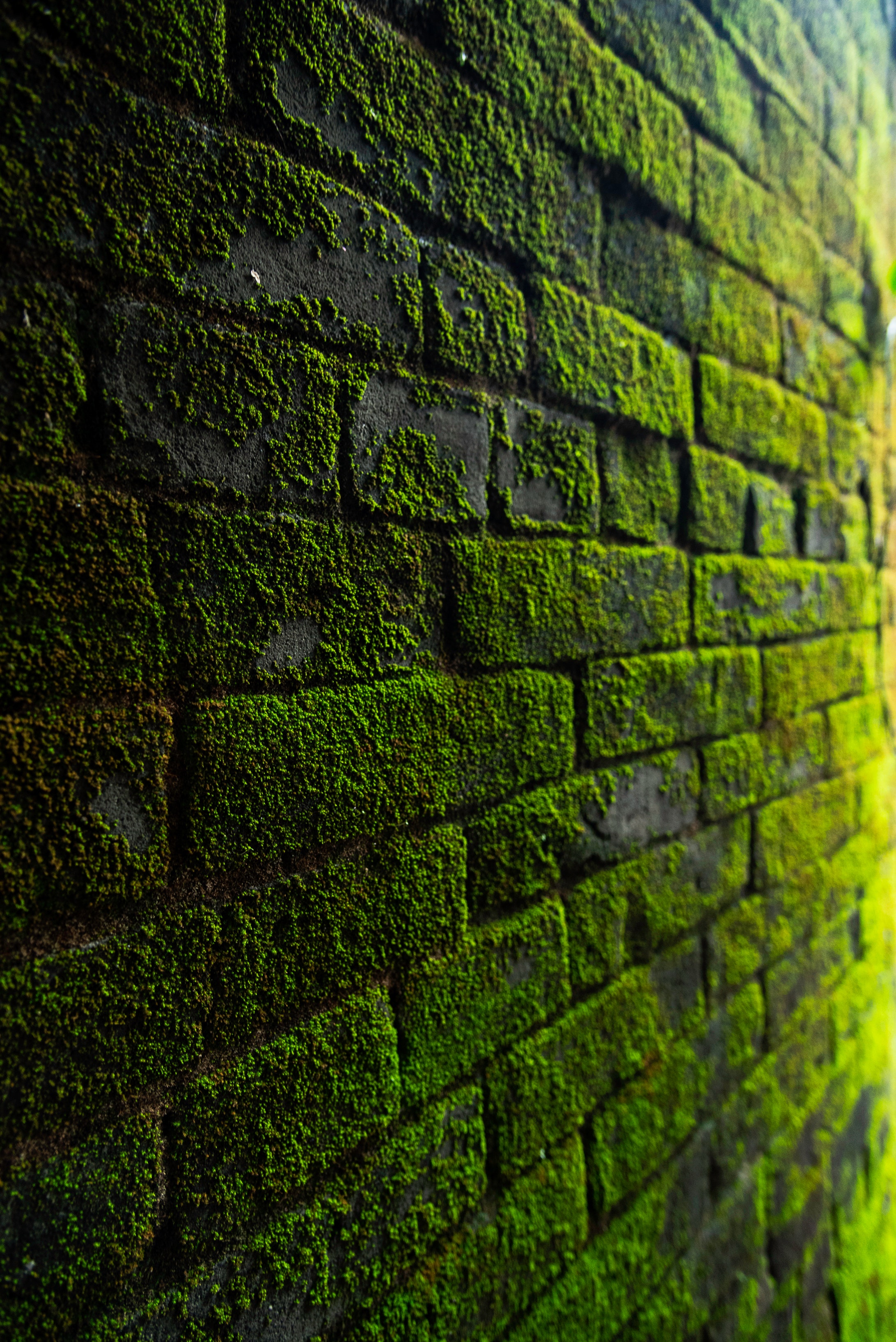Cementless concrete, doesn’t that seem impossible? And yet…It’s called plant concrete, and it’s the new eco-construction material that’s on the rise…
Composition of vegetable concrete
As its name suggests, vegetal concrete is composed of fibres of hemp (also known as hemp) and volcanic rock (more precisely pozzolana), bound together with pure air lime.
Vegetable concrete therefore contains no cement, polymer or synthetic resins. This explains why it is so popular in eco-construction, where it can be used for all parts of the house: slabs, partitions, interior and exterior walls, frames, facades, attics… The least we can say is that vegetal concrete is a versatile concrete!
In masonry, vegetal concrete can be found in the form of brick (for construction), paste (to line a wall or insulate floors) or plaster (on a facade or interior wall).
The strong points of vegetal concrete
If vegetal concrete is experiencing such a boom, it is because its particular composition gives it many advantages! Among its main qualities, the following are some of the most important:
An excellent thermal and sound insulation, thanks to its aerial components.
A temperature regulator, because it gives back in the evening all the heat from the sun that it has accumulated during the day. The result: interesting energy savings!
A « breathable » material: as it is very airy, in addition to being insulating, plant concrete allows the walls of the house to breathe!
With it, you can forget about ventilation or air conditioning, because it regulates humidity. A healthy product: even though it is vegetal, this material is not prone to mould, fungus, etc. It even has natural fungicidal properties.A material that lasts over time and does not deteriorate. Its theoretical lifespan has been estimated at a century!
A material that respects the environment, from its manufacture to its recycling.
The price of vegetal concrete
Of course, such an abundance of quality comes at a price! And with an average price of 500£/m3, vegetal concrete is 5 times more expensive than classic concrete.
An extra cost that will obviously be compensated by significant energy savings…

Comments are closed